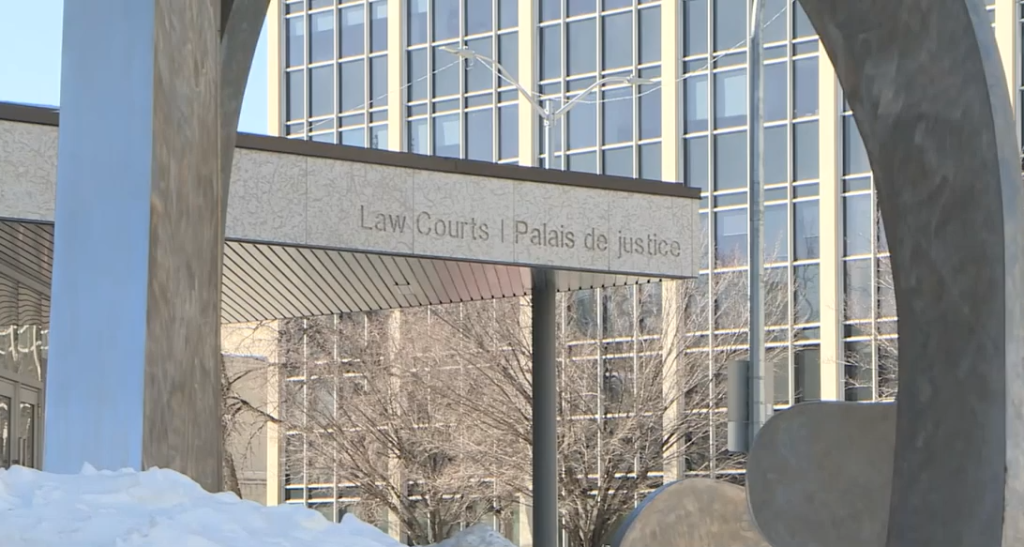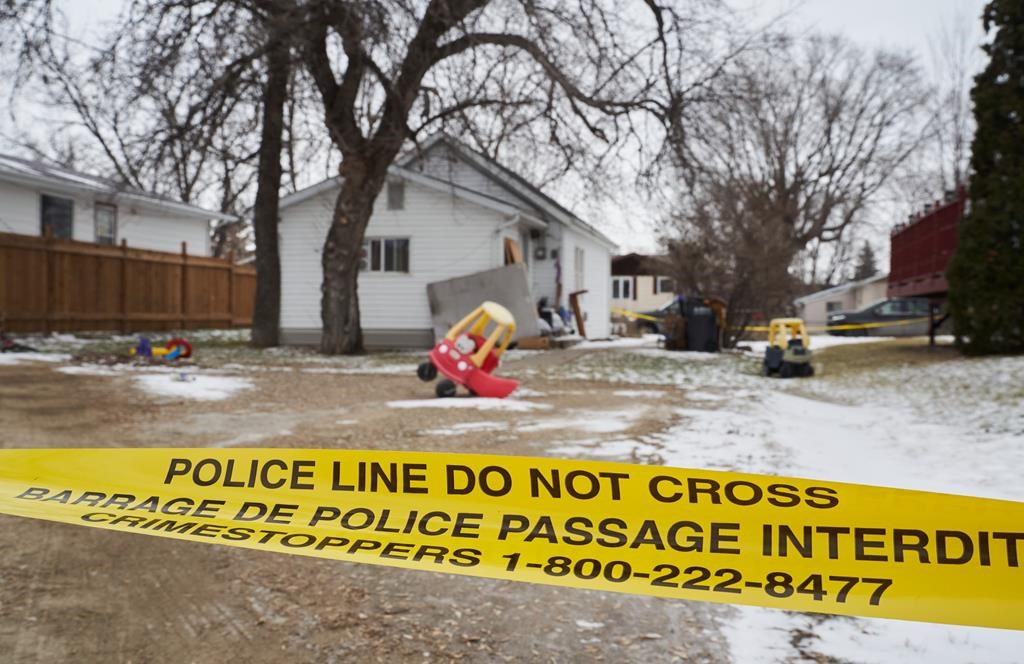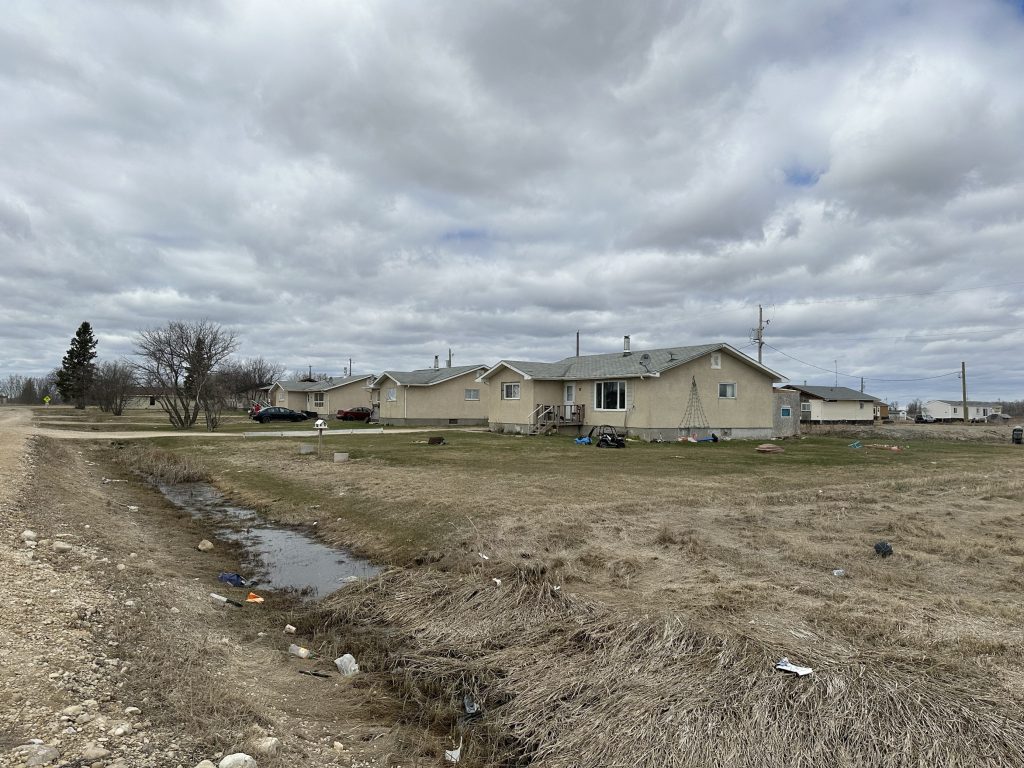Human resources, gun violence on the agenda as police chiefs meet in Calgary

Posted August 12, 2019 1:49 pm.
CALGARY (660 NEWS) – Police chiefs from around Canada are meeting in Calgary for an annual conference, just after a weekend filled with gun violence.
The Canadian Association of Chiefs of Police are holding their 114th conference, with a theme focusing on human resources as well.
“This theme highlights our role as leaders and the importance of endorsing and implementing best practices to support the further professionalization of policing and looking after the people who keep our communities safe,” said CACP President and Vancouver Police Chief Adam Palmer.
This is also fitting for Calgary, as the police have been grappling with concerns over harassment for some time and are still looking for a new civilian head of human resources after the previous leader quit in 2018 only months after taking the position.
“All of us want to create safe and inclusive workplaces where our employees can come and bring forward their best,” said Calgary police Chief Constable Mark Neufeld. “I’ve talked at length in Calgary here about sort of what we’re doing locally, and one of the big things is the whole suite of HR processes is up for modernization.”
There should be some resolutions coming out of the conference to help guide the CPS and other Canadian police forces, and it was also noted they could learn from the RCMP’s recent experience with harassment, which included a pair of multi-million dollar settlements.
Neufeld asked about harassment in the CPS. He says the conference is directly related to finding solutions, and credits former Chief Roger Chaffin for his leadership in starting some changes. "All of us want to create safe and inclusive workspaces". Says HR can be modernized. pic.twitter.com/YFBFyP9ntu
— Tom Ross (@Tommy_Slick) August 12, 2019
Neufeld said there have been several issues that played out in public, making the issue more visible, but they have to continue adapting to stay on top.
“We’ve got lots of work to do,” he said. “And I think as our environment changes, as we know, and as society changes, we will continue to have work. The type of work that we are talking about here, I don’t know that it will ever be done.”
WATCH: HR strategy top of mind for top cops
Neufeld and Palmer also fielded questions about another emerging issue in this city and other major centres — gun violence.
After a weekend featuring three separate shootings, including one outside Chinook Centre, Neufeld said this is a major concern for officers.
“Our numbers are up for certain,” said Neufeld. “There’s been a number of incidents that somebody not involved in the conflict could have been hurt.”
Data from the second quarter of 2019 shows offenses of discharging a firearm with intent are up over 300 per cent from the five-year average.

Homicides are also on the rise in the city, with the vast majority including guns.
In noting there is a risk to the public getting caught in the crossfire, Neufeld said there seems to be a link to organized crime.
“These are not shootings that are just random on the streets. We believe they involve some ongoing conflict with some groups,” he said.
“When you’re seeing events happening in some of the major centres across the country, the people that are committing those offenses are already committing crimes. Like, the things they are doing are already illegal,” added Palmer.
However as gun control discussions dominate in the United States after devastating mass shootings, the same solutions may not apply to Canada.
“We feel that Canada does have very good gun laws and we have very good controls in place, very good regulations,” said Palmer, as he added the CACP does not have a position on a handgun ban at this time.
The United States does also become a factor in Canadian gun violence, though, due to the sheer number of arms down south.
“More firearms in that country than anywhere else in the world, per capita. And regardless of what the laws are in Canada, there will always be a flow of firearms from the United States coming into Canada,” Palmer said. “I don’t want anybody to be under the misconception that there’s a magic solution — that all of a sudden you ban weapons that we’re not going to see them in Canada.”
Neufeld said they are trying to take numerous approaches to battle it from different angles.
“The guns and gangs team is doing interdiction and suppression work, we’ve got engagement with the community and local politicians, we’ve got folks coming to Youth Link for training and education on how to recognize high-risk behaviour,” he detailed.
One other pressing issue that is being dealt with in Calgary and most other Canadian cities is the opioid crisis and how they can reduce the impact of addictions on the community.
“We have a long history of supervised injection sites in Vancouver,” noted Palmer. “In Vancouver, they’ve become part of the fabric of our community, and really they’re almost a non-event to be quite frank. The police get very few calls for service there. The key to it, though, is just putting it in the right neighbourhood in your city.”
Palmer said every community has to make up their own minds, and there may be some resistance in other areas so it will be up to individual chiefs to develop policies — rather than the CACP making broad resolutions.
The conference, which also features a trade show, will wrap up on Wednesday with an update on the CACP’s new vision statement and key highlights.








